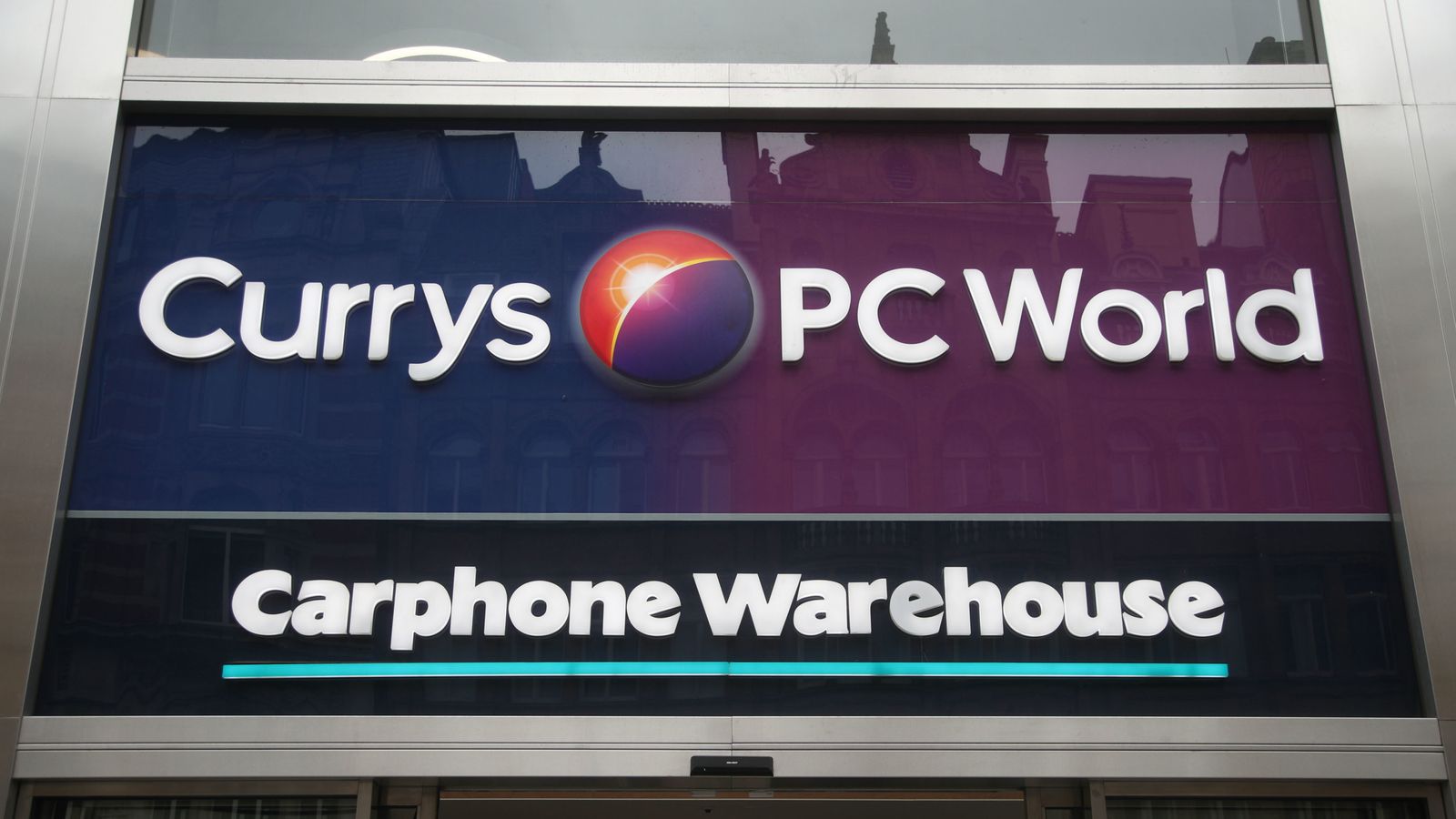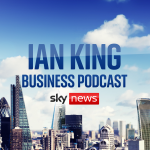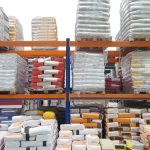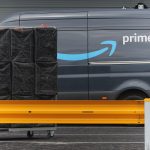There were questions, even before COVID-19, about whether selling things in traditional brick and mortar shops had much of a future.
Sales in all manner of categories were migrating online and there were fears that those retailers lacking a meaningful online presence, facing additional headwinds such as business rates, would not be able to survive.
One such business questioned by many over the years has been Dixons Carphone.
Formed from the 2014 merger of Dixons and Carphone Warehouse, it was helped in the immediate years after the tie-up by a combination of cost-cutting, the failure of competitors like Phones 4U, and by a push to improve customer service.
Yet that appeared to be running out of steam by the end of 2017 as the company confronted not only the migration of sales online but also by the increasing trends for mobile operators to sell direct to consumers, and for consumers to hold on to their mobile devices for longer and not replace them so frequently.
These were issues with which Alex Baldock, who became chief executive in January 2018, was having to grapple when the pandemic struck.
But the crisis forced the company to further rethink what it was doing.
Its businesses in the UK had to operate as an online-only retailer for the first time.
The consequences of all this were spelled out today as Dixons Carphone reported a return to profits.
Headline pre-tax profits of £33m in the year to 1 May compared with a loss of £140m in the previous 12 months, which included two months in which COVID-19 started to bite.
On an adjusted basis, pre-tax profits came in at £156m, up from £116m the previous year.
Total sales – the group also has businesses in the Nordic region and Greece – were up by 2% to £10.34bn but the key number, arguably, was a 114% rise in online sales in the UK and Ireland to £3.4bn which, the company said, offset lost sales from enforced store closures.
It also helped compensate for a 55% drop in UK and Ireland mobile sales – reflecting, in part, a decision in March last year to close the loss-making stand-alone Carphone Warehouse outlets.
A major point of interest now is what the sales mix will be between digital and physical retail once the economy has returned to normal.
Mr Baldock told Sky News: “What we’re seeing is roughly a 50-50 mix between online stores and other stores we’ve reopened, which is as we expected.
“The thing in our market is that most customers like shopping through a mix of both online and stores.
“Most customers like the convenience of online, but they also like the face-to-face expert advice, and the ability to see and touch the product for themselves that they get in store.
“The trick for us is to bring the two together, which is what we’re doing with exciting innovations like our 24/7 video shopping service, ShopLive.
“So the future for us is so-called omni-channel, it’s online and stores together, which is how customers want to shop – and which makes the most of our strength.”
Although shares of Dixons Carphone rose by more than 5% at one point on the results, which were also accompanied by news of a return to paying dividends, the City remains split on the company’s prospects as life returns to normal.
Doubters argue the company has merely been carried aloft by the trend for working from home, which has driven demand for items such as laptop computers, as well as demand for better home entertainment products during lockdown.
They suggest those trends will not be permanent.
It is a criticism, unsurprisingly, that Mr Baldock rejects.
“We’re seeing a structural shift in our market,” he said.
“We’re seeing technology matter, more than ever, to millions of lives – we’re seeing that people’s eyes have been opened during this pandemic to everything technology can do for them.
Please use Chrome browser for a more accessible video player
“Staying connected with loved ones, being productive by working at home, keeping the family fed, clean and entertained.
“That’s why we’re seeing a technology market that’s a quarter, bigger, again, than it was two years ago coming out of this pandemic.
“That’s why things like home working and home entertainment are here to stay, which is another reason to give us confidence in the future.
“We’re in a bigger market now and, as the number one player with a winning business model, we should be the ones to benefit most from that.”
In the meantime, Mr Baldock said, there was also a benefit from the Euro 2020 competition in terms of higher demand for televisions with screens of 55 inches or more.
But he insisted the shift in the market would mean that, over time, the business was less reliant than once it was on big events like the Euros, the World Cup or the Olympics.
In the meantime, customers will notice a big change in coming months, with the gradual disappearance of three of the group’s brands.
The Carphone Warehouse name was already on its way out but also going are PC World and, perhaps most poignantly, Dixons – which dates back to 1937, when Charles Kalms opened a photographic studio under that name in Southend-on-Sea.
He plucked the name from a telephone directory after realising the store fascia could only accommodate six letters.
His son, Stanley, was chairman of the business from 1971 to 2002 and presided over its rise to become Europe’s biggest electrical goods retailer and a member of the FTSE-100.
As the company announced in May, all of those brands will be replaced by Currys, which Dixons bought in 1984 for £233m after a fiercely-fought takeover battle.
The Currys brand itself dates back to 1884, when Henry Curry began selling bicycles in Leicester, later diversifying into electrical goods with the rise of the radio in the 1930s.
Asked whether it had been a tough decision to shed the PC World brand in particular, Mr Baldock said: “It’s always a bit sad to say goodbye to old friends, isn’t it?
“PC World has done us sterling service over the years.
“But most of all, we’re excited about getting behind the Currys brand.
“For over 100 years, Currys has stood for helping everyone enjoy amazing technology.
“Currys has got unmatched awareness and affection amongst millions of customers in the UK.
“So it was a pretty easy decision to throw our weight behind the Currys brand.”
Such transformations ought to be nothing new for the company.
Over many decades it has had to manage transitions from one form of consumer electronics to another, whether that was radio to television in the 1950s, the migration from vinyl to compact discs in the early 1980s, the arrival of video players at around the same time and then the later migration from VHS to DVDs in the late 1990s and early 2000s.
It has also included several upheavals in the shape of the company’s store estate as, for example, it abandoned small but expensive town and city centre stores in the early 2000s in favour of larger out-of-town locations.
Some analysts still fret that Mr Baldock could have used the pandemic to be even more aggressive in terms of store closures.
But Mr Baldock, who also revealed plans today to experiment with expanding home delivery services via Uber drivers, clearly believes a hybrid model of physical and online retail is the way to ride this next wave of change.
It is, perhaps, a bigger bet than it looks at face value.






















